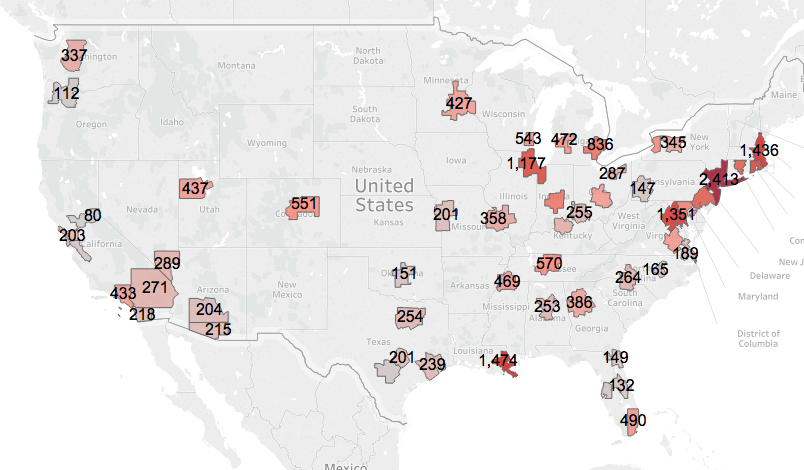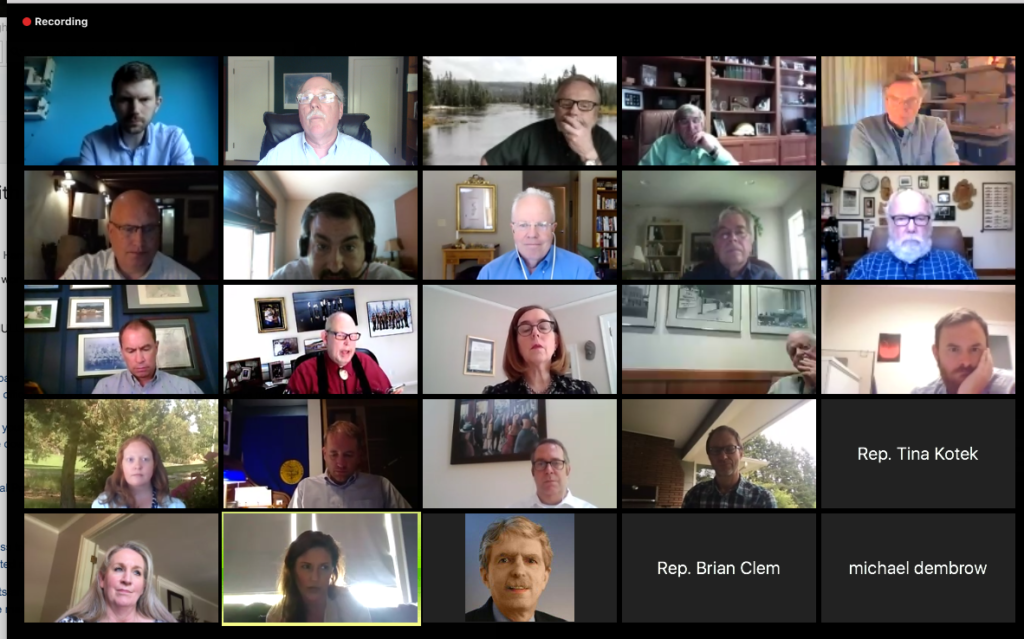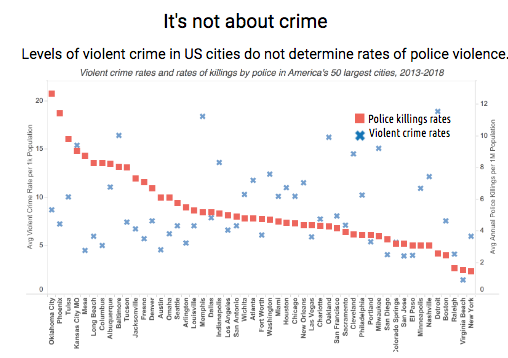What City Observatory did this week
1. Covid-19 and Cities: An uneven pandemic. We’ve been following the progress of the Covid-19 virus in the nation’s metropolitan areas for the past three months, and with the benefit of hindsight we can now trace out some key facts and trends. Overall, its apparent that the pandemic has been far worse in some cities than others. Across the 50 largest metro areas, the prevalence of Covid-19 cases varies by a factor of 20 between the hardest hit and least affected large metro areas. There have been both geographic patterns of infection (the Northeast Corridor has suffered from Washington to Boston), as well as isolated and severe outbreaks in metro areas that run counter to larger regional trends (New Orleans). Most strikingly, some cities that largely avoided the virus early on have seen substantial increases in cases, while initially hard hit cities have damped down the spread of the virus.
 Two months ago, Seattle was the hardest hit metro, and Minneapolis the least affected; today Minneapolis has a higher rate of prevalence than Seattle, and is experiencing the highest growth in cases of any large metro area. So much for our speculation that Minnesota nice would translate into more effective social distancing.
Two months ago, Seattle was the hardest hit metro, and Minneapolis the least affected; today Minneapolis has a higher rate of prevalence than Seattle, and is experiencing the highest growth in cases of any large metro area. So much for our speculation that Minnesota nice would translate into more effective social distancing.
2. Whitewash for Oregon DOT’s Freeway Widening project. For several years, Oregon’s highway builders have been pushing an $800 million freeway widening project near downtown Portland with the incredible claim that it will–unlike every other freeway ever built–lead to less air pollution and greenhouse gases. The agency’s claim has been subject to withering public criticism, which it has largely ignored. Last month, the agency convened a six-person “peer review” panel to look at its environmental work. But the panel held all of its meetings behind closed doors, didn’t hear from project critics, or apparently even review the lengthy and detailed technical critique of the project’s key traffic projections–which largely determine the pollution estimates. It’s a cynical ploy to create yet another false talking point in favor of the freeway widening project.
3. Advice to the Governor on recovering from the pandemic. City Observatory’s Joe Cortright has served as Chair of the Oregon Governor’s Council of Economic Advisors. On May 29, the Council met with Governor Kate Brown to discuss how the state should prepare to rebound from the pandemic and its associated recession. We have a short policy memo outlining the major points presented in this briefing, which are likely applicable to other states as well.
Must read
1. Police Killings by Metropolitan Area. There’s little or nothing we can add to the anguish, anger and outrage over the killing of George Floyd by Minneapolis police. We’ll simply note that police killings are a regular occurrence, and that their victims are disproportionately Black Americans and other people of color. The research collaborative Mapping Police Violence” has assembled a wide array of data from across the nation showing the extent and frequency of police killings. Solving any problem begins with understanding its scope and severity—and this is a good place to start.
2. Streetsblog NY weighs in on the CDC’s anti-urban advice for fighting Covid. The Centers for Disease Control appeared to be having its very own “Marie Antoinette” moment last week, in the form of a recommendation that everyone drive alone to work, and that employers ought to subsidize parking. It’s a plainly impossible “solution” both for those who don’t own, or can’t drive cars, and also for cities, who have no room on their streets or parking space to accomodate everyone driving.In response to powerful and immediate reactions from the likes of Streetsblog, the National Association of City Transportation Officials (NACTO) and Smart Growth America, CDC backpedaled. As Streetsblog relates:
“This was an important recognition by CDC of the ways that their previous guidance actually contradicts decades-long work within their own organization to help address health by encouraging more walking, more biking, and more transit use in metro areas across the country,” said Steve Davis of Smart Growth America
3. Ed Glaeser on the Pandemic and the Future of Cities. (Actually a “must-listen”). Harvard Economist Ed Glaeser, author of “The Triumph of the City” is interviewed on LA public radio station KCRW about how the Covid-19 pandemic is likely to affect urban living. One bit of history: this is not the first health challenge cities have faced. Glaeser notes that that the plague even affected classic Athens. But in almost every instance, cities have rebounded. The 19th century parks and open space movement was one example of how cities changed to become healthier. But success is not foreordained. Glaeser:
History teaches us that this can go two ways: urban areas managed to rebound wonderfully from the influenza epidemic of 1919; the twenties one was of the great city-building decades in American history, where we built things like Rockefeller Center and the Empire State Building. But the plague of Justinian that struck Constantinople in 542 AD led to 800 years of de-urbanization in Europe.
Ultimately, though, Glaeser is optimistic about cities: The fact that we are social beings, and that we grow smarter by being close to other smart people creates a powerful city-centered dynamic in a knowledge-driven economy. Cities will be the crucibles that overcome the pandemic.
In the News
The Salem Statesman-Journal quoted City Observatory director Joe Cortright’s comments to the Governor’s Council of Economic Advisors.
Oregon Public Broadcasting reported on Cortright’s analysis of the Oregon Department of Transportation Peer Review report on the Rose Quarter I-5 freeway widening project.




